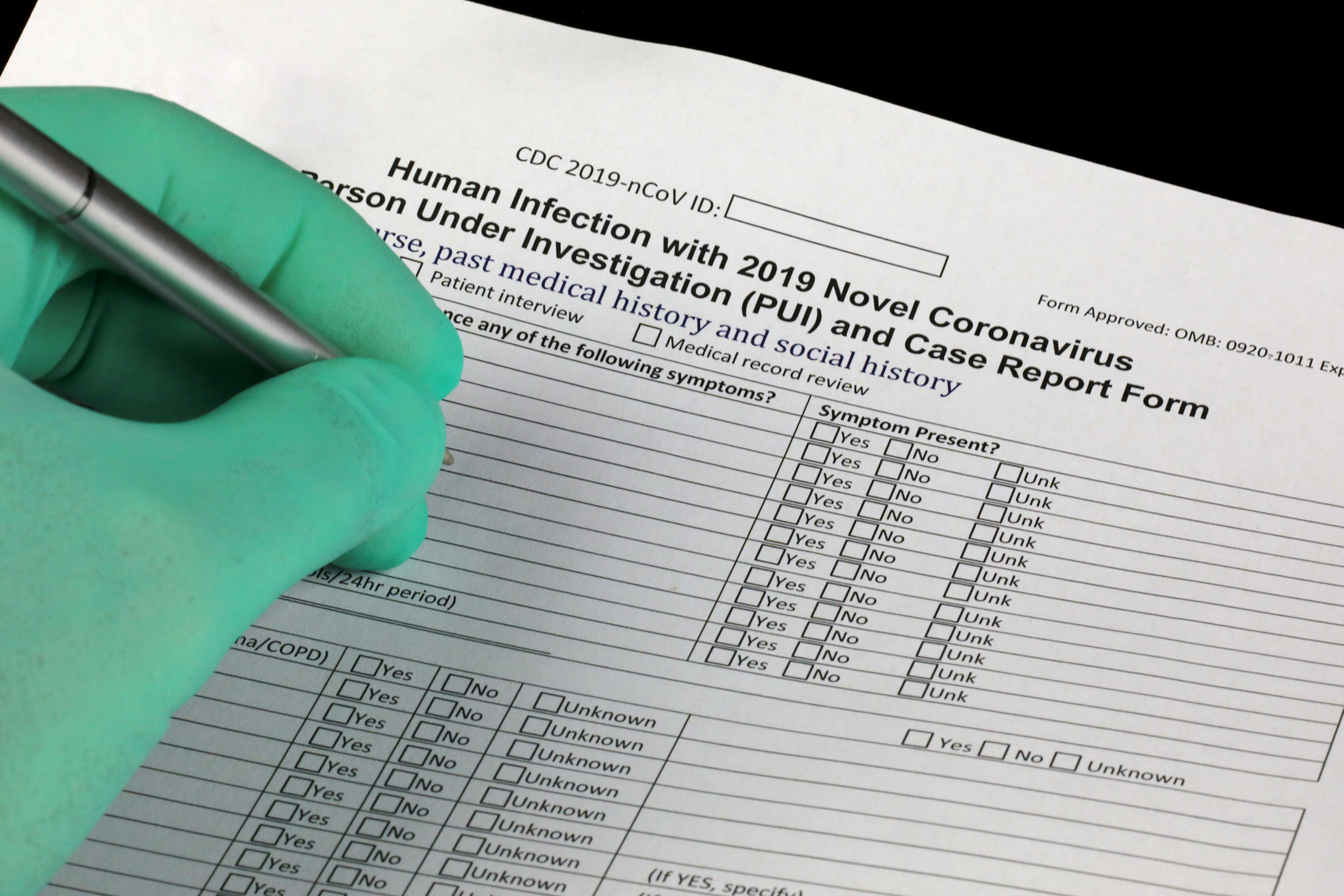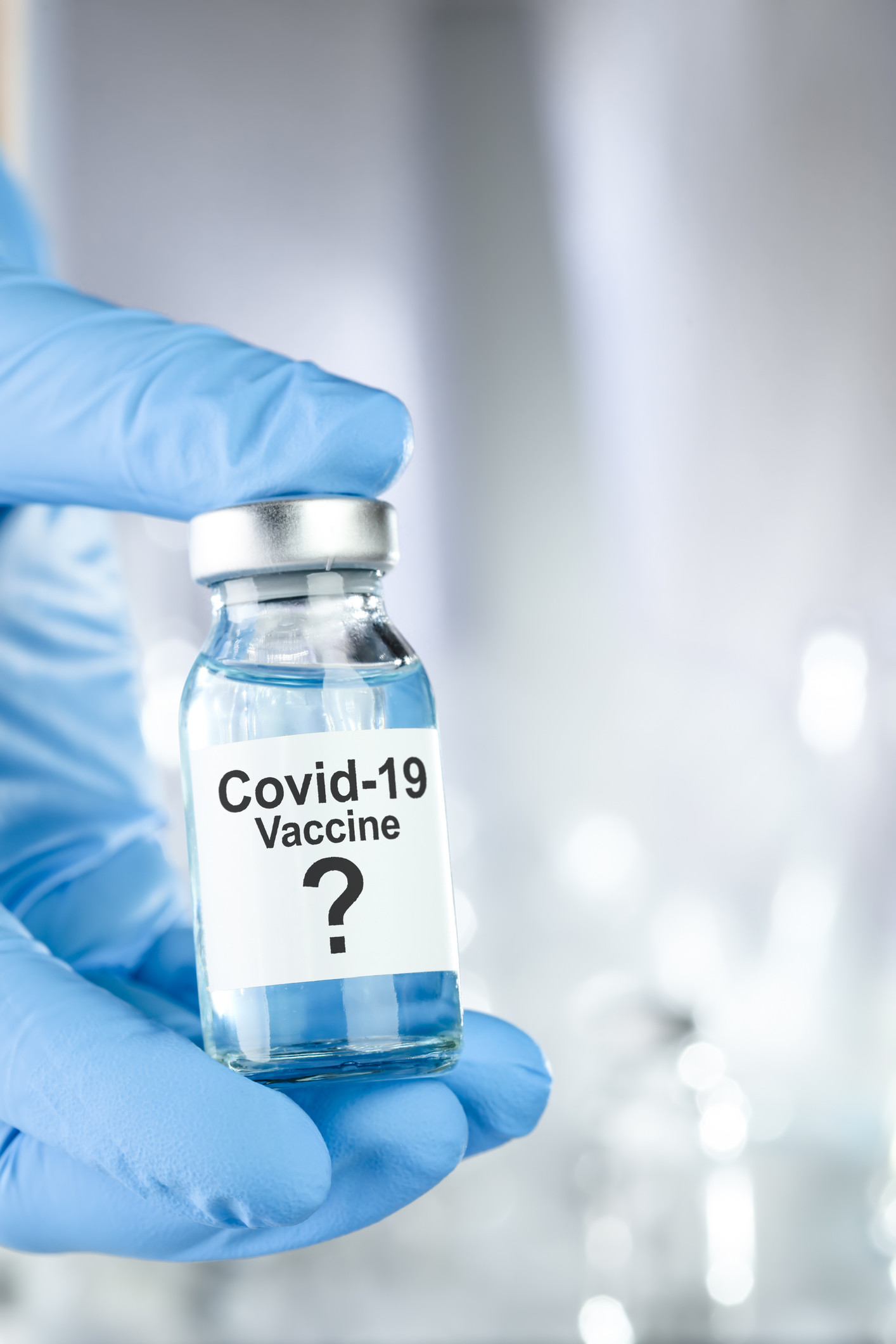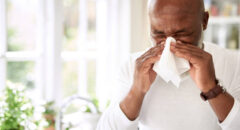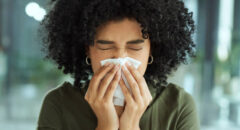 The World Health Organization (WHO) has just declared the Coronavirus a Pandemic. That's just a big word that means a new disease for which people do not have immunity spreads around the world beyond expectations.
The World Health Organization (WHO) has just declared the Coronavirus a Pandemic. That's just a big word that means a new disease for which people do not have immunity spreads around the world beyond expectations.
So now, of course, you may start to worry. People are coughing and sneezing around you and you get scared. So what do you do when you have a sore throat, flu-like symptoms and want to get tested to be sure you DON'T have Coronavirus? Here's a few steps that can make you feel at ease:
First, Determine if You Have COVID-19 Symptoms
According to the Centers for Disease Control and Prevention, the symptoms of novel coronavirus (COVID-19) are fever, cough or difficulty breathing.
Who should be tested? "People who are hospitalized, the elderly, and people who have conditions that might make them more likely to have a severe infection need to be tested," says Amesh Adalja, MD, a senior scholar at the Johns Hopkins Center for Health Security.
Second, Call Your Healthcare Provider
The current advice is to NOT to head into an emergency room or your primary care doctor's office. I repeat, DO NOT PHYSICALLY GO TO THE DOCTOR if you have COVID-19 because you might infect others. "You don't necessarily have to go to the ER to get these tests, and also you don't want to expose people in the waiting room," says Adalja.
Instead, if you suspect you have coronavirus, call your healthcare provider and describe your symptoms, and tell them if you've been in close contact with anyone who has COVID-19 or live in or have recently traveled from an area with a COVID-19 outbreak. You can also call your local health department for advice. That keeps everyone safe.
Third, Follow Your Healthcare Provider Instructions
Your healthcare provider will tell you where to go to be tested. You might have to report to a special lab; only certain labs are authorized to conduct COVID-19 testing. Don't worry about this. It's better to get tested at a secure facility and be found to not have the condition than to just walk in your local doctors office that doesn't have the resources to properly test you.

Fourth, Prepare for the Test
Your healthcare provider may ask you to wear a mask to your appointment or take other steps to avoid infecting others. The CDC does not recommend wearing a face mask if you are well. (So stop and take that mask off, you look silly).
Five, Take the Test
According to the U.S. National Library of Medicine, the COVID-19 test may involve one of the following 5 tests:
Swab test: A special swab is used to take a sample from the back of your throat
Blood test: A sample of blood is collected from a vein
Nasal aspirate: A saline solution is injected into your nose, then removed with gentle suction
Tracheal aspirate: A thin, lighted tube called a bronchoscope is inserted into your lungs, where a sample is collected
Sputum test: If you're coughing up mucus, it may be collected and tested
Six, Follow Instructions
After getting your results from the test know that there is no specific treatment for coronavirus. But your doctor might recommend steps to reduce your symptoms, including rest, drinking plenty of fluids and taking over-the-counter pain relievers.
Lastly, Avoid Spreading the Infection
If you're diagnosed with COVID-19, the CDC recommends taking the following steps to prevent infecting others:
- Stay home from work or school, and don't go out in public places.
- Monitor your symptoms. If they worsen, call your healthcare provider ASAP.
- Cover your coughs and sneezes.
- Wash your hands frequently with soap and water for 20 seconds or use hand sanitizer that's at least 60 percent alcohol.
- Try to stay in a room separate from other people in your household. Use a separate bathroom, if possible. Wear a face mask if you need to be around others.
- Avoid sharing items like dishes, towels and bedding.
- Frequently clean surfaces that are touched often, like counters, tabletops and doorknobs.









